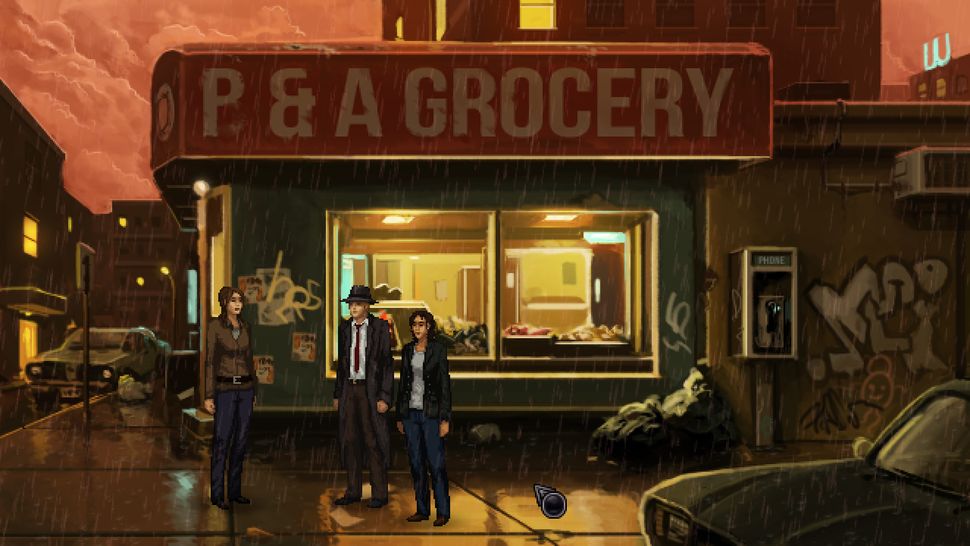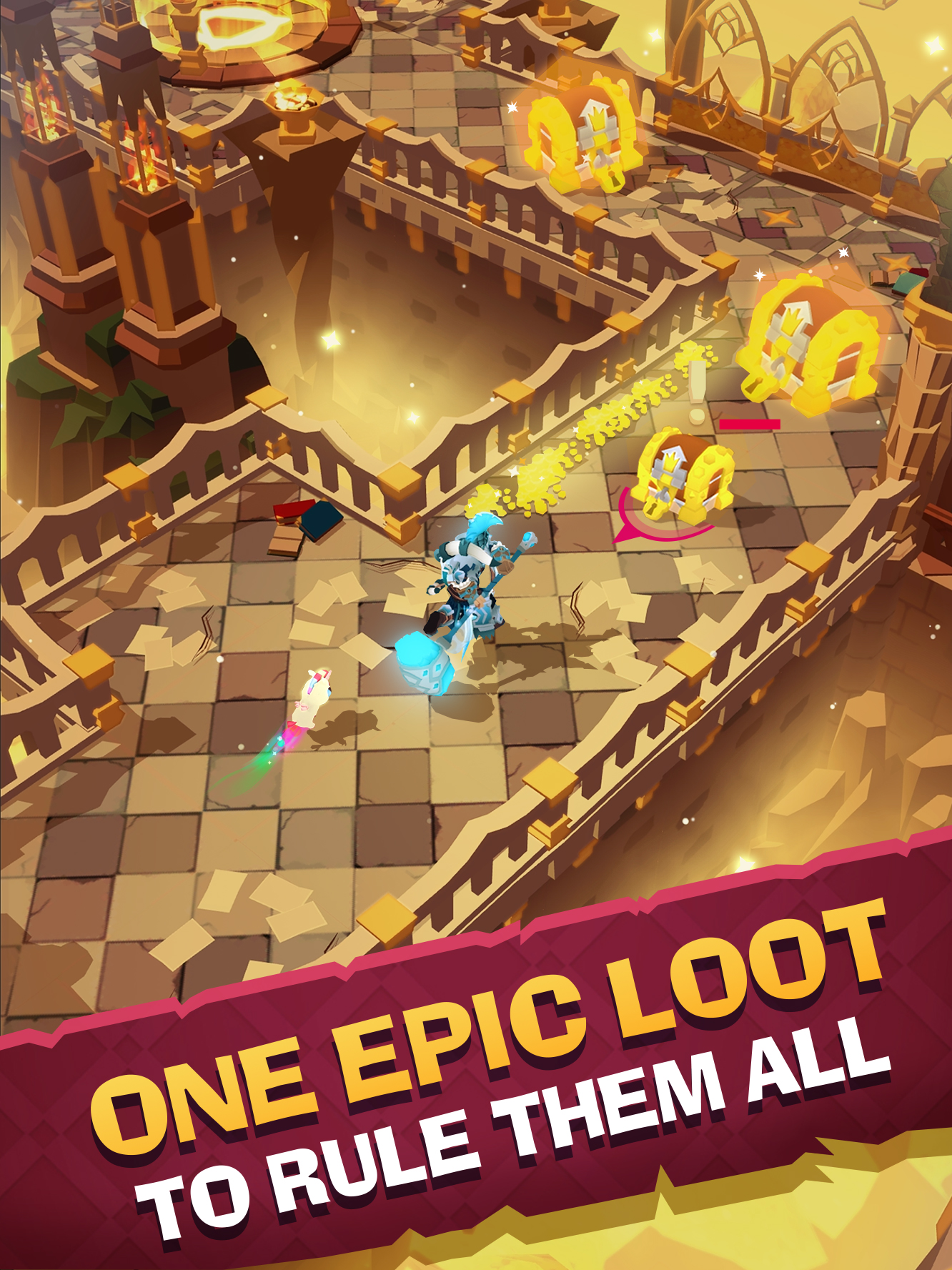

It’s not just a different game to play from Gilbert, but a very different feeling game too. You likely wouldn’t work this out on a first go, but with multiple passes at the same situation, you’re given the context clues to arrive there on your own. One example Gilbert gives is realising Fia needs to stop a stalking enemy and, because the player knows exactly where that person will walk, dropping a nearby billiard ball on the floor to have them spill over in an undignified mess.

Players will piece together puzzle solutions over multiple different loops, each with entertaining conclusions – rather than being sat in one place, clicking everything in a static room before brute-forcing the intended goal. Gilbert says the unexpected benefit of using time loops as part of puzzle solutions is that it means he can build around less expected solutions – something closer to the infamous adventure game ‘ Moon Logic’ of older games like Monkey Island, while retaining fairness in how it’s solved. Eventually, you open the safe yourself, to the room's astonishment. When Fia dies, however, we don’t see a Game Over screen, but time rewinding, leaving her back where she began, with new information to use, and an increasingly painful headache from being shot so many times in one evening. Instead, Fia can demand each of them to help out, learning their sections as they do so – but inevitably ending with her (or sometimes everyone) dying in a hail of Tommy Gun bullets.

One puzzle asks you to open a safe amid a tense standoff in a Prohibition-era jewellery store robbery – but no one person in the room knows the entire code, and they won’t share their pieces of it with the others. The brilliance, even in the short, early sections Gilbert shows me, lies in how time travel is built into how you play.


 0 kommentar(er)
0 kommentar(er)
